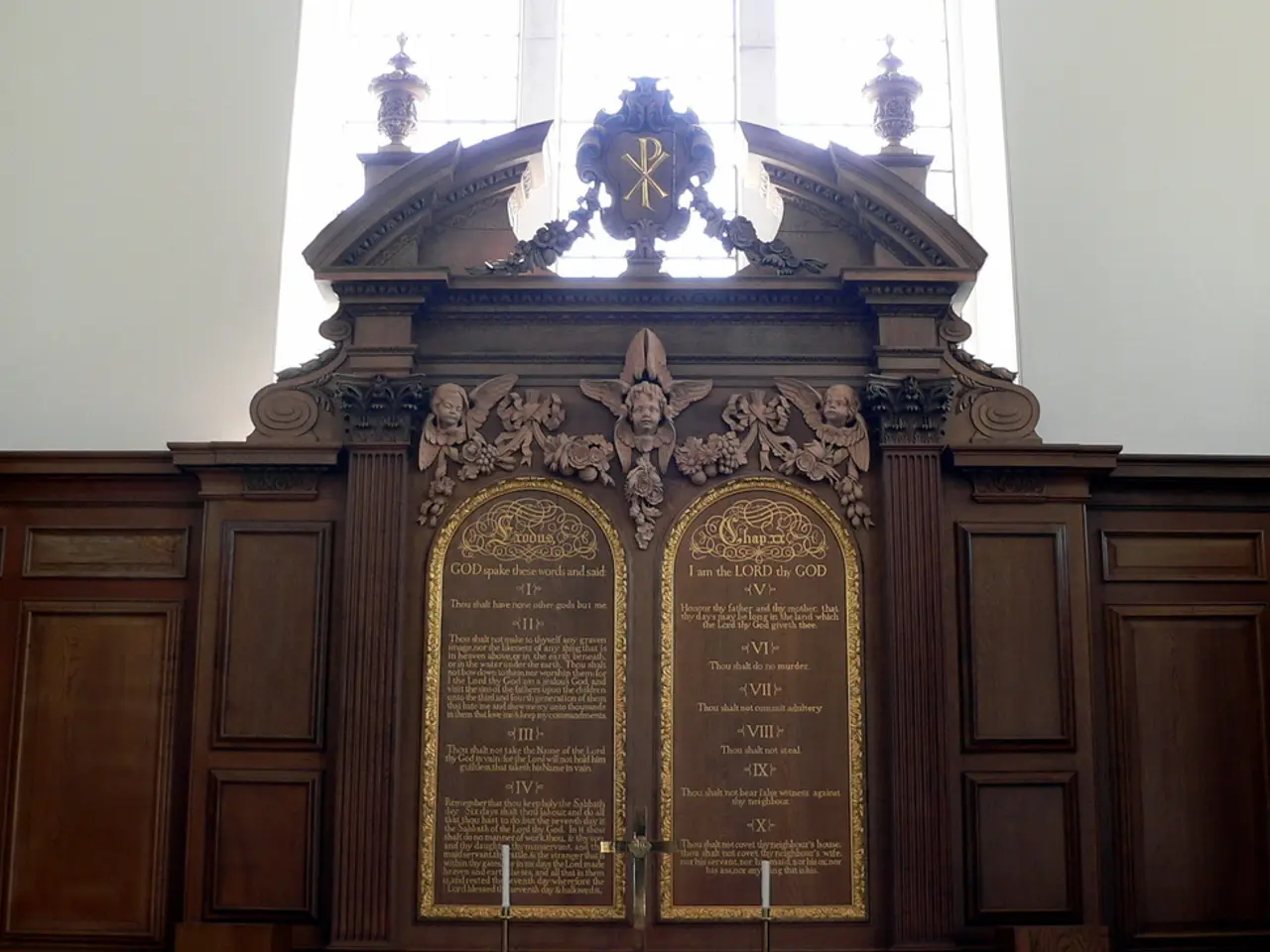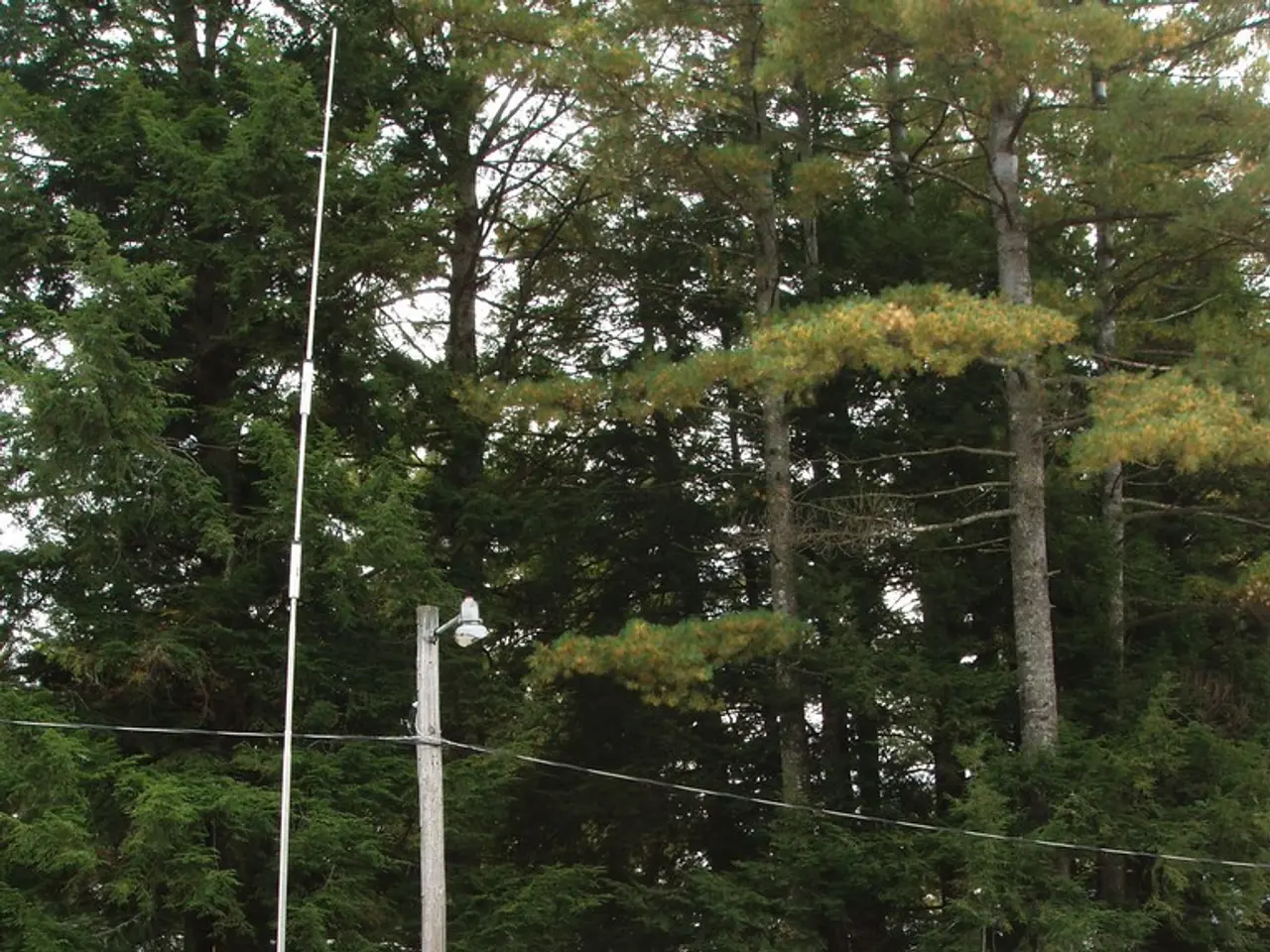Himalayan Artworks Showcased in Lehigh's Traveling Art Exhibition
The Lehigh University Art Galleries (LUAG) is set to welcome the "Gateway to Himalayan Art" exhibition, a traveling showcase from the Rubin Museum of Art in New York. The exhibition, which runs from January 31 to May 26, will present a diverse collection of approximately 100 artworks and objects, showcasing the rich artistic traditions and spiritual heritage of the Himalayan region.
The collaboration between LUAG and the Rubin Museum extends over several years, aiming to offer a comprehensive exploration of Himalayan art and culture. The exhibition features thematic focuses on Buddhist iconography, ritual objects, and the intersection of art and spirituality in the Himalayas.
Annabella Pitkin, associate professor of Buddhism and East Asian Religions, and Director of the Asian Studies Program at Lehigh, is deeply involved in this collaboration. Pitkin also serves on the faculty advisory board of the Rubin Museum's Project Himalayan Art, a three-part initiative aimed at incorporating Himalayan, Tibetan, and Inner Asian art and cultures into humanities and liberal arts curriculum.
The exhibition will offer materials connecting to various disciplines, including health, engineering, history, literature, environmental studies, and the natural sciences. In addition, LUAG and Lehigh's Global Citizenship Center will use the exhibition as part of the 2023 Global Teaching and Learning Fellows Seminar.
To further deepen visitors' understanding of Himalayan art and its contexts, the exhibition will be accompanied by supplementary events such as lectures, workshops, and related events. These events facilitate academic and public dialogue around the exhibition’s themes and foster partnerships between the Rubin Museum and LUAG.
The "Gateway to Himalayan Art" tour will make stops at several prestigious institutions, including the McMullen Museum of Art at Boston College, the Samuel P. Harn Museum of Art at the University of Florida, the Frank Museum of Art at Otterbein University, and the Utah Museum of Fine Arts.
In conjunction with the exhibition, Lehigh's Asian Studies Program will hold a Spring Asian Studies Colloquium on April 28. The exhibition will also serve as a backdrop for a Tibetan New Year celebration called "Losar" on February 17 from 5 p.m. to 7 p.m., held in Zoellner Arts Center's main and lower galleries.
Moreover, there will be further workshops and gallery tours for students and educators. Notably, seven faculty members will travel to Rishikesh, India, from May 20-29, to reflect on studying abroad and using place-based learning in their classrooms.
The exhibition is sponsored by the Henry Luce Foundation, National Endowment for the Arts, and National Endowment for the Humanities. Among the artworks on display is a handheld prayer wheel from Central Tibet, early 20th century.
Pitkin expressed her gratitude for the Rubin Museum team, including Senior Curator Elena Pakhoutova, Senior Curator Karl Debreczeny, and Executive Director Jorrit Britschgi, for bringing the exhibition to Lehigh. The university already has several pieces of Tibetan and Himalayan Buddhist paintings and sculptures in its permanent collection, making this exhibition an exciting addition to Lehigh's artistic offerings."
- The Lehigh University Art Galleries (LUAG) will feature the "Gateway to Himalayan Art" exhibition, a collaboration with the Rubin Museum of Art that runs from January 31 to May 26.
- Annabella Pitkin, associate professor of Buddhism and East Asian Religions, is deeply involved in this collaboration and serves on the faculty advisory board of the Rubin Museum's Project Himalayan Art.
- The exhibition will offer materials connecting to various disciplines, including health, engineering, history, literature, environmental studies, and the natural sciences.
- In addition to the exhibition, Lehigh's Asian Studies Program will hold a Spring Asian Studies Colloquium on April 28 and a Tibetan New Year celebration called "Losar" on February 17.
- The exhibition is sponsored by the Henry Luce Foundation, National Endowment for the Arts, and National Endowment for the Humanities, and it includes a handheld prayer wheel from Central Tibet, early 20th century.




